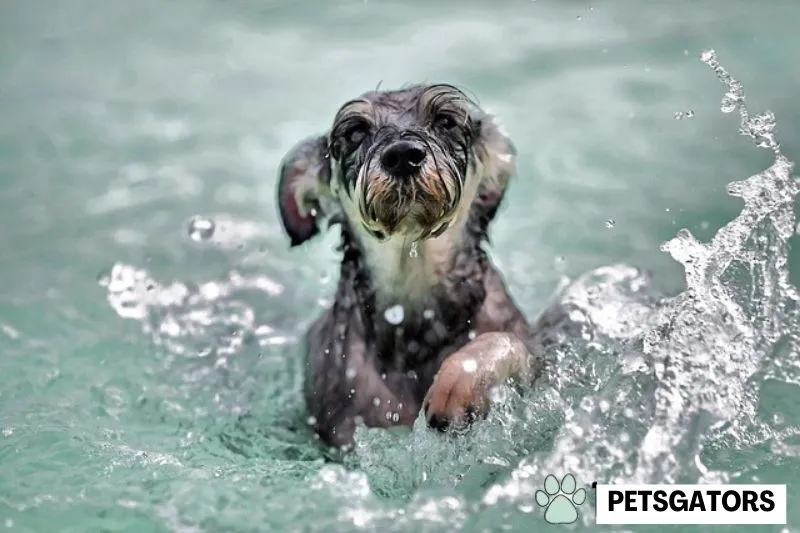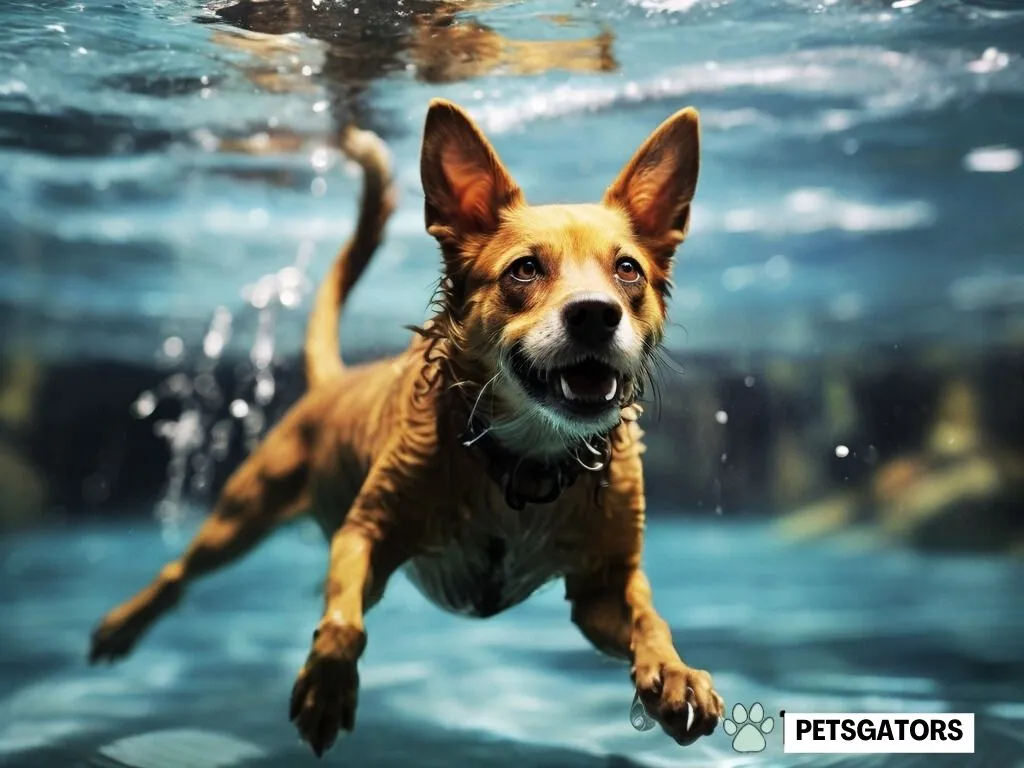Have you ever wondered if can all dogs swim? It’s a common question among pet owners, especially those who live near water bodies or enjoy taking their furry friends on aquatic adventures. In this comprehensive guide, we’ll dive deep into the world of dog swimming and address some commonly asked questions about it.
Are All Dogs Born Swimmers?
The short answer is no, not all dogs are born with natural swimming abilities. While dogs have evolved alongside humans for thousands of years, their swimming skills vary based on their breed, body structure, and individual temperament. Some breeds are renowned for their swimming prowess, while others may need more encouragement and assistance.

Can Some Dogs Not Swim?
Yes, some dogs may struggle with swimming or even have an aversion to water. It’s important to remember that every dog is unique, and their comfort level with water can differ. Breeds with heavy body structures, short legs, or brachycephalic faces (flat-faced breeds like Bulldogs and Pugs) may find it more challenging to swim due to their physical limitations. Additionally, past negative experiences with water can also contribute to a dog’s fear of swimming.
What Do Dogs Need to Swim?
To ensure a safe and enjoyable swimming experience for your dog, you’ll need a few essential items:
Life Jacket:
Regardless of their swimming ability, it’s a good idea to invest in a well-fitting doggy life jacket. This provides buoyancy and safety, especially for dogs who are still learning to swim or are nervous around water.
Supervision:
Always keep a watchful eye on your dog while they’re in the water. Accidents can happen, and being present ensures you can react quickly if needed.
Appropriate Location:
Choose a safe and clean water source for your dog to swim in. Avoid areas with strong currents, debris, or potential hazards.
How Often Should You Take Your Dog Swimming?
The frequency of swimming sessions for your dog depends on their individual preferences and your access to suitable swimming spots. Some dogs may adore the water and want to swim daily, while others might be content with occasional outings. It’s essential to pay attention to your dog’s comfort level and avoid forcing them into the water if they seem hesitant.
Can All Dogs Naturally Swim?
While not all dogs are born with innate swimming abilities, most dogs can learn to swim with proper guidance and training. Dogs’ bodies are generally buoyant, thanks to their muscular and less dense body composition compared to humans. However, some breeds are more predisposed to excel in aquatic activities.

Are There Dog Breeds That Can’t Swim?
Certain breeds are known for their swimming prowess, while others may be less inclined towards water activities. Breeds like Labradors, Retrievers, and Newfoundlands are often hailed as natural swimmers due to their webbed feet and water-resistant coats. On the other hand, breeds like Bulldogs and Basset Hounds may struggle more in the water due to their physical characteristics.
It’s important to remember that these are generalizations, and individual dogs within any breed can have varying levels of swimming ability and interest.
How Come Dogs Can Swim?
The ability of dogs to swim is a result of their evolutionary history and adaptations. Dogs are descendants of wolves, and their bodies have evolved over time to handle a variety of terrains, including water. Some key factors that contribute to a dog’s ability to swim include:
Buoyancy:
Dogs have a natural buoyancy due to their body composition. Their muscles are less dense than those of humans, allowing them to stay afloat more easily.
Paddling Instinct:
Many dogs have an instinctual paddling motion when placed in water. This behavior helps them move their legs in a way that keeps them afloat.
Webbed Feet:
Some breeds have webbed feet, which act like natural paddles, providing extra propulsion in the water.
Water-Resistant Coats:
Breeds with water-resistant coats, such as Retrievers, have fur that repels water, helping them stay dry and buoyant.
Conclusion
In conclusion, while not all dogs are born with natural swimming abilities, most can learn to swim and enjoy the water with the right training and equipment. Understanding your dog’s comfort level and respecting their individual preferences when it comes to water activities is essential. Whether your dog is a natural swimmer or needs a bit of encouragement, remember that safety and supervision should always be a top priority. If you’re interested in learning more about dog swimming, check out this informative article: Do All Dogs Know How to Swim? Additionally, for a beginner’s guide to dog swimming, you can visit A Beginner’s Guide To Dog Swimming.
So, get out there and enjoy some water adventures with your furry companion, and remember to make it a fun and positive experience for both of you!
FAQS
Are all dogs born with the ability to swim?
No, not all dogs are born with innate swimming abilities. While some breeds may have a natural affinity for water, others may require training and exposure to become confident swimmers. It’s essential to consider your dog’s individual comfort level with water and provide them with proper guidance and support when introducing them to swimming.
Can my dogs swim if they’ve had a negative water-related experience in the past?
Yes, it’s possible for dogs to overcome a fear of water or negative experiences with patience and positive reinforcement. Start with shallow, calm water, and use treats and encouragement to create a positive association. Gradually build their confidence, and don’t rush the process. A doggy life jacket can also provide added security during this transition.
How do I choose the right life jacket for my dog?
Selecting the right life jacket for your dog is crucial for their safety and comfort. Consider factors such as the size and weight of your dog, the buoyancy of the jacket, and adjustable straps for a secure fit. Always choose a life jacket that is appropriate for your dog’s size and swimming abilities. If in doubt, consult with a professional or a pet store expert for guidance.
Can brachycephalic breeds like Bulldogs and Pugs swim?
Brachycephalic breeds, with their unique facial structures, may find swimming more challenging due to their reduced ability to breathe efficiently and maintain buoyancy. While some individuals within these breeds may enjoy water activities, it’s essential to exercise caution and closely monitor their well-being. Ensure they wear a life jacket and never force them into the water if they seem uncomfortable.
How can I make swimming a positive experience for my dog?
Making swimming a positive experience for your dog involves patience, encouragement, and gradual exposure. Start in shallow, calm water, and use treats, toys, and verbal praise to motivate and reward your dog. Keep the sessions short and enjoyable, and always be present to provide support and supervision. Over time, your dog may come to love the water and look forward to swimming adventures together.







